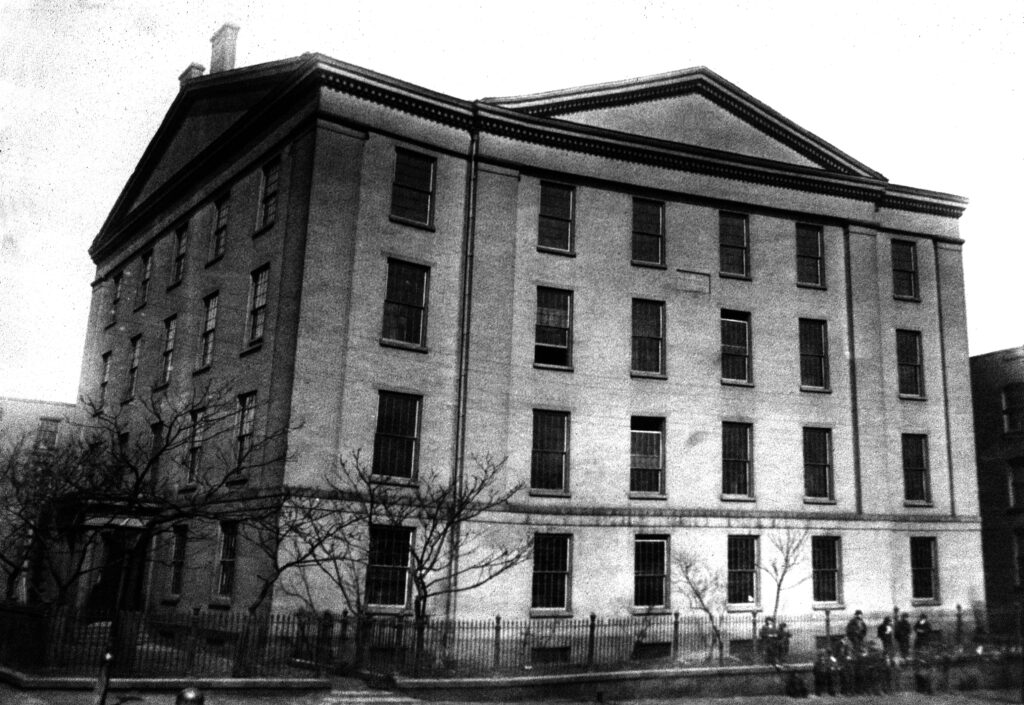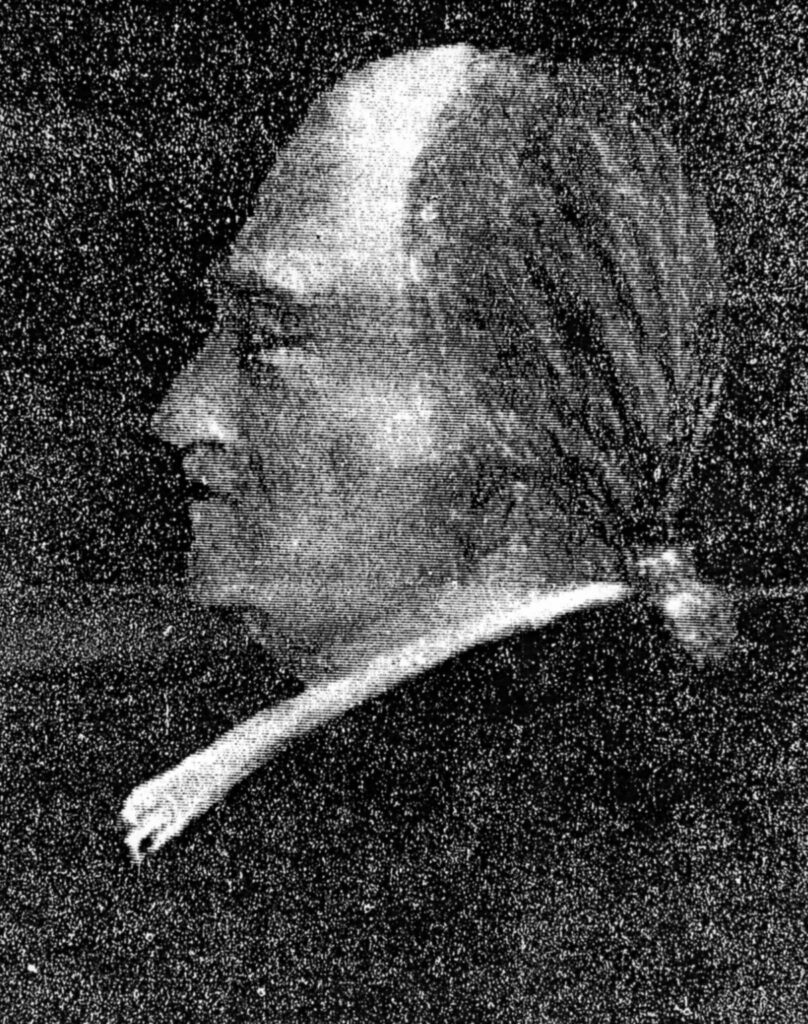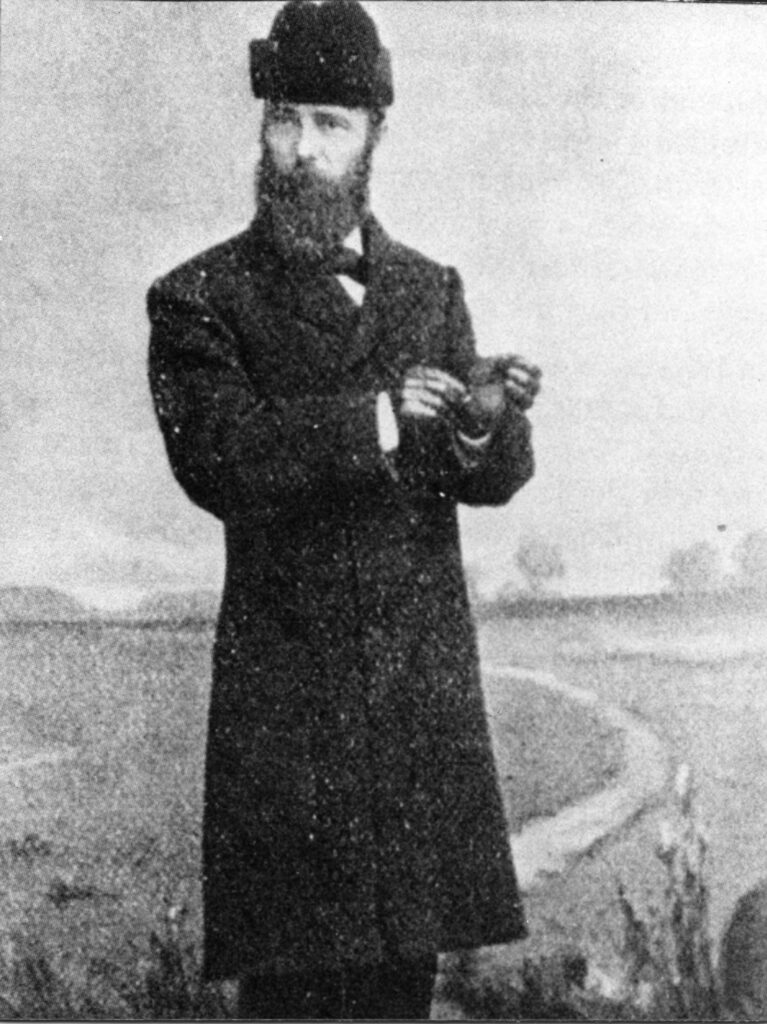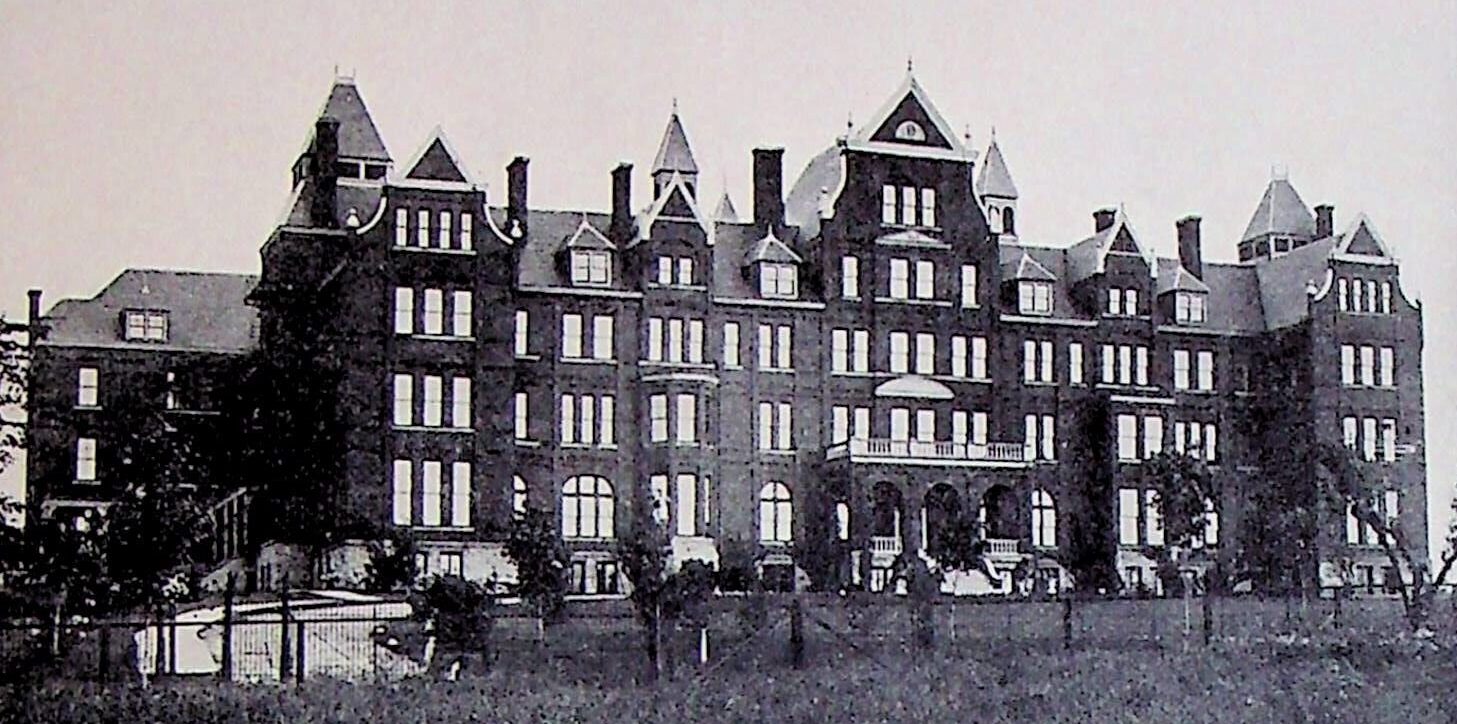1870s
Foundations and Early Challenges at WPID
In 1870, the Home became overcrowded as school enrollment grew to 30-40 students. Dr. Worthington, secretary of the Board of Public Charities, made an appeal to the state legislature. The school received an appropriation of $2,000 but concerns about future resources for the children persisted. The home was at full capacity, housing about twenty-five children

The school was relocated to a building on Grant Street, while residential pupils began living in a large home on Wylie Avenue above Washington Street.

In 1871, James Kelly of Wilkins Township proposed donating 10 acres of valuable land on the Pennsylvania Railroad to establish a school for deaf children in Western Pennsylvania. He requested an additional $20,000 in donations to construct facilities, and Pittsburgh citizens pledged $1,500 more than requested. Despite receiving an offer of $60,000 for the land, Kelly declined. However, the Pennsylvania Railroad encroached on the property, resulting in a lengthy lawsuit.
The Board of Trustees was organized with 29 members, including James Kelly and Pastor Brown. Rev. Brown was elected Board President. In 1876, a charter was obtained for the Western Pennsylvania Institute for the Instruction of the Deaf and Dumb (WPIIDD), but the school adopted the title WPID (Western Pennsylvania Institute for the Deaf). The Board printed its first Annual Report in 1877.

Professor James H. Logan, one of the first three graduates of the National Deaf-Mute College (now Gallaudet University), succeeded Archbald Woodside as head of the Day School in 1875 but resigned shortly after.
In 1876, the Board closed the Home due to insufficient funds. At the time, 25 of the 45 enrolled students lived there. This was the first summer closure since the school’s opening in 1869.
That summer, Mr. Logan resigned, and Rev. Brown became acting head, securing $16,000 in state funds. Rev. Brown converted a large brick hotel built by his father into a residential school on Shaw Avenue in Turtle Creek. James Logan was appointed acting principal, and Mrs. Eliza P. Logan became matron. Teachers Miss Anna Boyer, Miss Jeannie Jenkins, and Mr. George Teegarden, a graduate of the National Deaf-Mute College (now Gallaudet University) were hired. The school reopened on October 25, 1876, with 29 students.
WPID remained at this location until 1884, with the building demolished in 1893.
In 1877, a new articulation class began meeting daily after school. By 1879, WPID had grown to six teachers and 98 pupils (62 boys and 36 girls).
